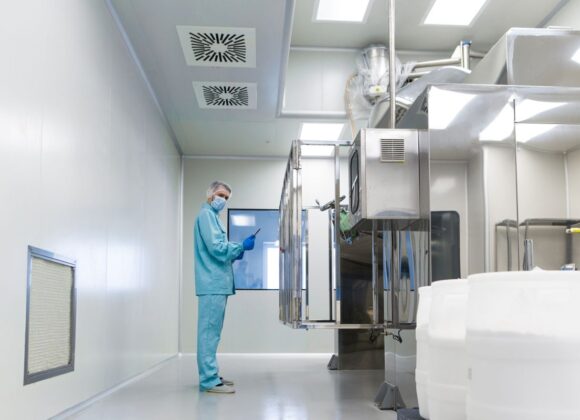Things To Know About Indoor Air Quality Testing
Indoor air quality testing is a process used to assess the quality of air within a building or enclosed space. It involves measuring various factors such as pollutants, humidity, temperature, and ventilation to determine if the air is healthy and safe for occupants to breathe.

Air Cleaning Technologies provides indoor air quality testing in Reston, Sterling, VA, Baltimore, Fairfax, Falls Church, VA, Annandale, VA and surrounding areas.
These are some things to know about Indoor air quality testing :
- Sources of Indoor Air Pollution: Understanding the sources of indoor air pollutants is crucial. Common sources include combustion sources like oil, gas, kerosene, coal, tobacco smoke, building materials, furnishings, household cleaning products, and activities such as cooking and heating.
- Health Impacts: Poor indoor air quality can have significant health effects, ranging from short-term irritation of the eyes and respiratory system to long-term effects like respiratory diseases, heart disease, and even cancer. Testing helps identify pollutants and assess their potential health risks.
- Types of Pollutants: Indoor air quality testing evaluates various pollutants such as particulate matter (PM), volatile organic compounds (VOCs), carbon monoxide (CO), carbon dioxide (CO2), radon, mold, and allergens. Each of these pollutants can have different sources and health impacts.
- Testing Methods: There are different methods for indoor air quality testing, including real-time monitoring, passive sampling, and active sampling. Real-time monitoring involves continuous monitoring of air quality parameters, while passive and active sampling methods collect air samples for laboratory analysis.
- Regulatory Standards and Guidelines: Various regulatory agencies and organizations, such as the Environmental Protection Agency (EPA) in the United States and the World Health Organization (WHO) internationally, provide guidelines and standards for indoor air quality. Testing results are compared against these standards to determine if indoor air quality meets acceptable levels.
- Benefits of Testing: Indoor air quality testing offers several benefits, including identifying sources of pollution, assessing health risks, guiding effective ventilation strategies, and ensuring compliance with regulations. Regular testing can also help in maintaining a healthy indoor environment and improving occupant comfort and productivity.
- Preventive Measures: Testing is just one part of maintaining good indoor air quality. Implementing preventive measures such as proper ventilation, using air purifiers, reducing sources of pollution, regular cleaning, and maintaining HVAC systems can significantly improve indoor air quality and reduce health risks.
- Professional Assessment: While DIY testing kits are available, consulting with professionals experienced in indoor air quality assessment is advisable for accurate results and appropriate recommendations. Professionals can conduct comprehensive assessments, interpret results, and suggest effective mitigation strategies tailored to specific indoor environments.
- Long-Term Monitoring: Indoor air quality can change over time due to various factors such as seasonal changes, occupancy patterns, and renovation activities. Therefore, periodic testing and long-term monitoring are essential to ensure continued compliance with air quality standards and to address any emerging issues promptly.
Should you have any questions, feel free to give us a call.
